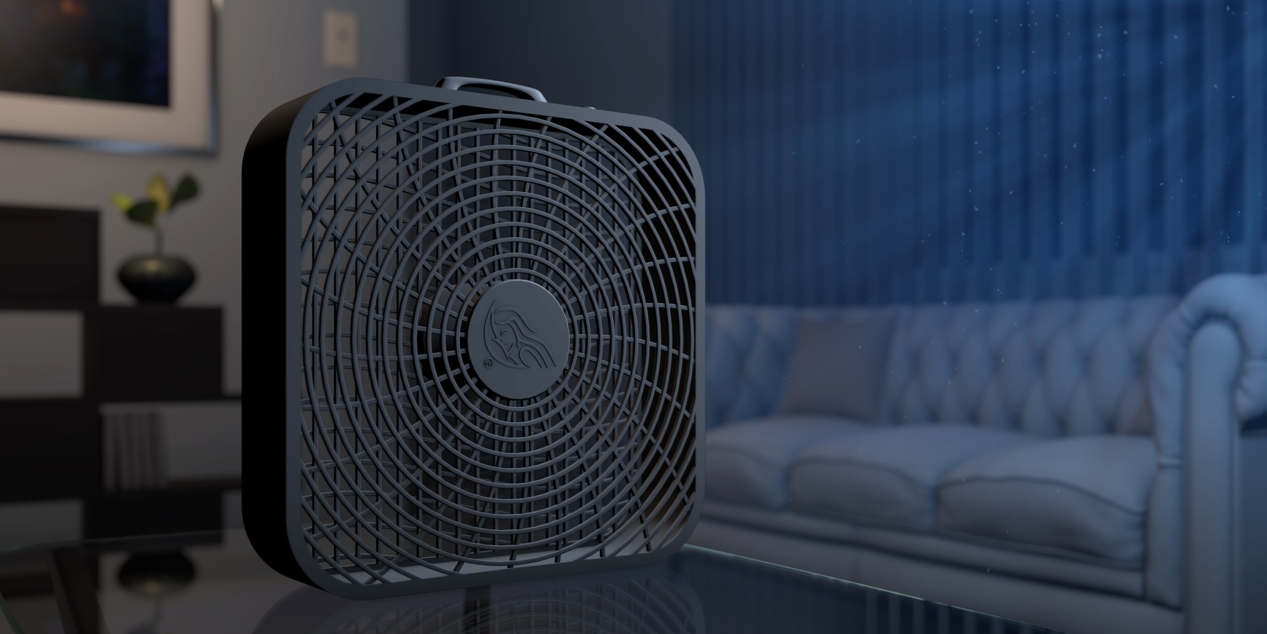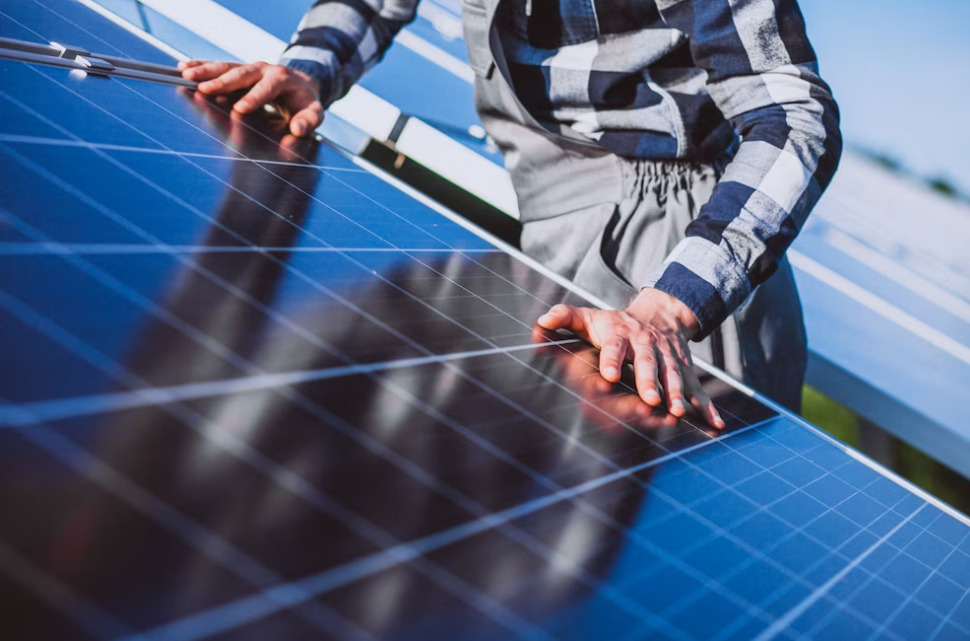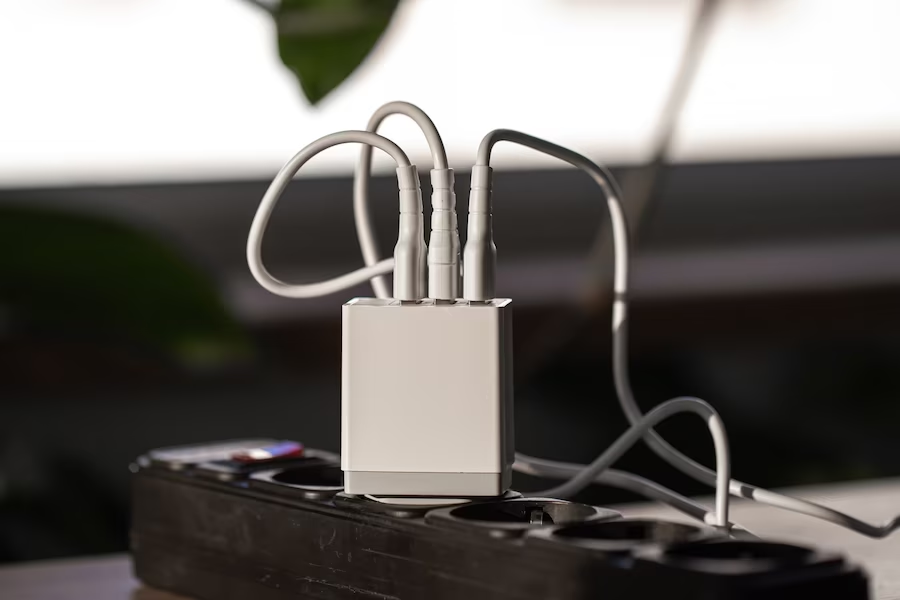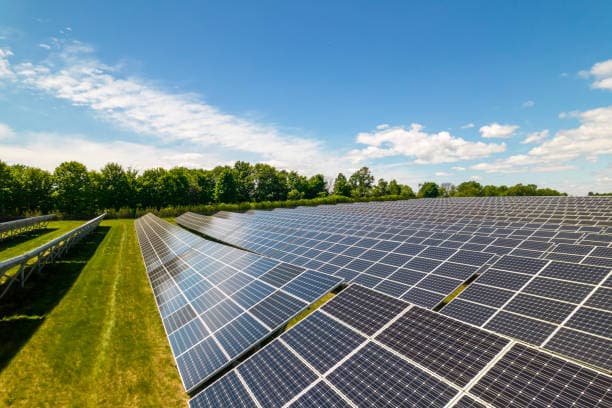Box fans typically consume anywhere between 50 to 100 watts of electricity, contingent upon the specific model and speed setting. But, these numbers alone might seem abstract, devoid of context. Allow us to delve deeper into their significance.
In conversations about electricity usage, we often refer to kilowatt-hours (kWh) as the unit of measurement. A kilowatt-hour represents the energy consumed by a 1,000-watt appliance operating for one hour. So, if you run a 100-watt box fan for an hour, it would devour 0.1 kWh of electricity.
Yet, we must envision this consumption on a larger scale, factoring in daily, monthly, or yearly usage. Picture a 100-watt box fan whirring away for eight hours each day.
| Time Period | Power Consumption | Calculation | Energy Used |
|---|---|---|---|
| One Day | 100 watts for 8 hours | 100 watts * 8 hours = 0.8 kWh | 0.8 kWh |
| One Month | Based on daily usage | 0.8 kWh/day * 30 days = 24 kWh | 24 kWh |
| One Year | Based on daily usage | 0.8 kWh/day * 365 days = 292 kWh | 292 kWh |
To put it into perspective, the average U.S. household uses about 877 kWh per month, so a single box fan contributes relatively little to overall electricity consumption.
Box Fan Energy Consumption vs. Other Appliances
Comparing the energy usage of a box fan to other appliances can provide further perspective on its efficiency. For instance:
- Central Air Conditioning System: These systems average between 2,000 to 5,000 watts, a significant increase from the modest consumption of box fans;
- Window AC Units: Depending on their cooling capacity and model, these units usually consume between 500 and 1,440 watts, still a lot more than box fans;
- Ceiling Fans: Another popular cooling option, ceiling fans use approximately 15 to 75 watts, which can be slightly less than box fans depending on the speed setting;
- Refrigerators: An essential home appliance, the average refrigerator uses about 100 to 400 watts, overlapping with the range of a box fan;
- LED Lights: These highly efficient lights use between 10 to 20 watts, significantly less than a box fan.
To visualize, here’s a table illustrating the average energy consumption:
| Appliance | Average Power Usage (watts) |
|---|---|
| Box Fans | 50-100 |
| Central Air Conditioning | 2,000-5,000 |
| Window AC Units | 500-1,440 |
| Ceiling Fans | 15-75 |
| Refrigerators | 100-400 |
| LED Lights | 10-20 |
Clearly, compared to several other household appliances and cooling systems, box fans have a relatively low power consumption.
Factors Influencing Box Fan Electricity Consumption
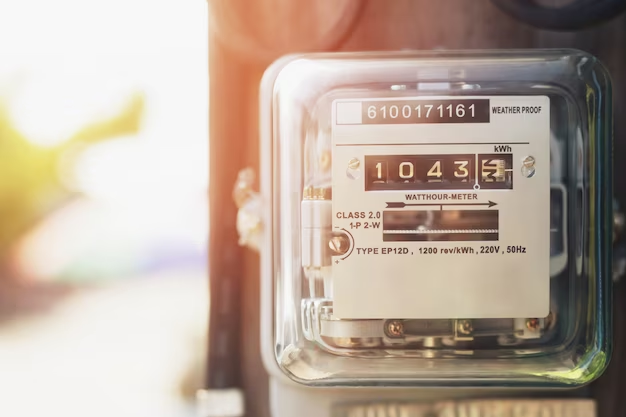
A multitude of factors affect the electricity consumption of a box fan. Let’s explore these in depth:
- Fan Speed: Box fans usually come with multiple speed settings. The higher the speed, the more electricity the fan will consume. High speed provides more cooling but at the cost of increased power usage;
- Model and Brand: Not all fans are created equal. Different models and brands come with various energy-efficiency ratings. Some brands prioritize energy efficiency in their designs, while others may focus more on power or other features;
- Usage Time: The longer a fan operates, the more electricity it consumes. While a box fan uses little energy on an hourly basis, extended use can lead to substantial energy consumption;
- Maintenance and Cleaning: Regular maintenance of the fan ensures it operates at optimum efficiency. A dusty fan or one with worn-out parts may require more power to provide the same amount of cooling, leading to higher energy usage;
- Ambient Conditions: The environmental conditions where the fan is operating also influence its energy consumption. A fan working in a hot, enclosed space will need to run harder and longer than one in a cool, ventilated room, increasing its power use.
Minimizing Box Fan Energy Consumption
With a solid understanding of the factors affecting box fan electricity consumption, you can employ various strategies to minimize their energy usage:
- Effective Speed Selection: Lower speed settings consume less power. If a lower speed provides enough cooling, there’s no need to always operate the fan at the highest setting;
- Scheduled Usage: Instead of leaving the fan on at all times, consider running it strategically during the hottest parts of the day or when the room is occupied. Some fans come with timers for this purpose;
- Regular Maintenance: Cleaning the blades and ensuring that the fan is working correctly helps maintain its efficiency. This means the fan can provide the same cooling effect but uses less energy;
- Efficient Model Selection: If you’re in the market for a new fan, look for energy-efficient models. They might be more expensive upfront, but they can offer significant energy savings in the long run.
The Monetary Impact of Box Fan Energy Consumption

Though box fans are generally energy efficient, their power usage can still contribute to your electricity bill. How much, exactly?
To calculate this, you need to know your electricity rate, usually expressed in cents per kWh. Rates vary by region, provider, and sometimes by the time of day. As of my knowledge cutoff in September 2021, the average electricity rate in the U.S. was around 13 cents per kWh.
Taking our earlier example of a 100-watt box fan running eight hours a day, it uses 0.8 kWh daily. Over a month (30 days), this amounts to 24 kWh. Therefore, the cost of running the fan for a month is:
- 24 kWh * $0.13/kWh = $3.12
So, while a box fan does use electricity, its impact on your energy bill is relatively minor compared to larger appliances or cooling systems.
Conclusion
When it comes to electricity consumption, box fans are known for their relatively low energy usage, especially when compared to various other household appliances and cooling systems. By grasping the factors that influence their power consumption and incorporating energy-saving habits, you can relish the refreshing breeze of a box fan without worrying about exorbitant electricity expenses.
FAQ
This depends on the local electricity rate and the fan’s power rating. For example, with a rate of 13 cents per kWh and a 100-watt fan, running the fan for eight hours would cost about 10 cents per day.
Yes, box fans consume significantly less electricity than air conditioning systems. However, they also provide less cooling and don’t dehumidify the air.
You can use efficient speed settings, turn off the fan when not in use, maintain and clean the fan regularly, and choose energy-efficient models when purchasing a new fan.
Yes, larger fans generally consume more power as they have bigger motors and blades. However, the actual consumption also depends on factors like speed settings, efficiency of design, and usage duration.
If not properly maintained, older box fans can consume more electricity due to worn-out components or dust accumulation. Regular cleaning and maintenance can mitigate this.
Yes, if you use a box fan instead of more power-hungry cooling appliances like air conditioners, it can reduce your energy bill.


